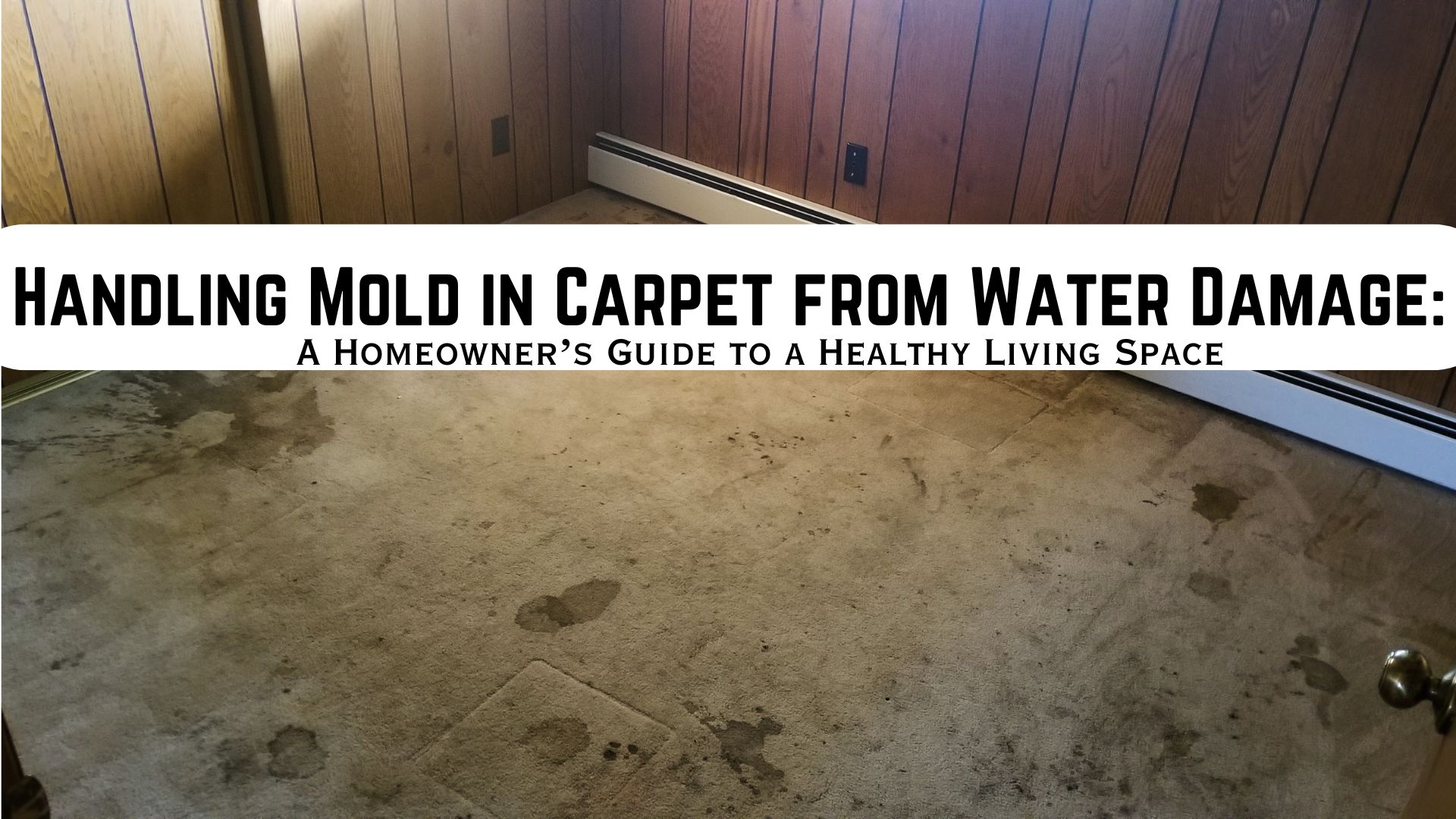
Understanding Sump Pump Issues
Sump pumps are crucial for preventing water damage in homes, particularly in flood-prone areas or regions with high water tables. However, like any mechanical device, they are not exempted to having issues. Addressing sump pump issues promptly can prevent significant damage to your home. In this article, we’ll explore common sump pump problems, their causes, and solutions to keep your basement or crawl space dry and safe.
Common Sump Pump Issues and Solutions
- Float Switch Malfunctions
The float switch is a crucial component of your sump pump system. It activates the pump when the water level in the sump pit rises. If the float switch gets stuck or fails, your pump won’t turn on, leading to potential flooding.
- Identifying Float Switch Issues
Stuck Switch: Debris in the sump pit can cause the float switch to stick.
Worn Out: Over time, the switch may wear out and fail to signal the pump.
- Solutions
Regular Cleaning: Keep the sump pit clean to prevent debris from interfering with the float switch.
Replace the Switch: If the float switch is worn out, replace it with a new one to ensure proper function.
- Power Outages and Battery Backup
Sump pumps rely on electricity to operate, making power outages a significant risk. Losing power during a storm can render your pump useless just when you need it most.
- Preventing Issues During Power Outages
Battery Backup: Installing a battery backup system ensures your sump pump continues to operate during a power outage.
Backup Sump Pump: Consider a secondary, battery-operated sump pump as an extra layer of protection.
- Check Valve Problems
The check valve stops water from flowing back into the sump pit after it’s been pumped out. A faulty check valve can cause the pump to work harder and less efficiently.
- Identifying Check Valve Issues
Reverse Flow: Water flows back into the sump pit, causing the pump to cycle more frequently.
Noisy Operation: A failing check valve might produce unusual noises.
- Solutions
Regular Inspection: Check the valve periodically for signs of wear or damage.
Replacement: Replace a faulty check valve to maintain efficient pump operation.
- Clogged Discharge Lines
The discharge pipe carries water from the sump pit to the outside of your home. If this line becomes clogged, water can back up into the sump pit, leading to pump failure.
- Preventing Clogged Discharge Lines
Routine Maintenance: Regularly inspecting and cleaning the discharge line to prevent clogs.
Install a Grate: Adding a grate or screen at the pipe’s end can keep debris out.
Sump Pump Installation and Maintenance
Proper installation and maintenance are critical to preventing sump pump issues. Here are some tips to ensure your sump pump system works efficiently.
Installation Tips
- Professional Installation: Hire a professional to install your sump pump to ensure it’s set up correctly.
- Correct Positioning: Ensure the pump is positioned correctly within the sump pit to avoid operational issues.
- High Capacity Pumps: Choose a pump with sufficient capacity for your home’s needs.
Maintenance Tips
- Regular Testing: Regularly test your sump pump, especially before rainy days.
- Inspect the Sump Pit: Ensure the sump pit is free from debris and the water level is manageable.
- Check Electrical Connections: Verify that the pump is properly connected and the circuit breaker is functioning.
Addressing Sump Pump Issues or Failures
Despite taking preventative measures, sump pump failures can still occur. Knowing the signs of failure and how to respond can save you from extensive water damage.
Signs of Sump Pump Failure
- Pump Is Running Continuously: Indicates a potential issue with the float switch or check valve.
- Unusual Noises: Grinding or rattling sounds may signal mechanical problems.
- Water Backup: Water not being expelled from the sump pit efficiently.
Responding to Sump Pump Failures
- Immediate Action: Act quickly to minimize water damage by using a wet/dry vacuum or calling a professional.
- Professional Help: Contact a plumber or sump pump specialist to diagnose and fix sump pump issues.
Sump Pump Issues: Protecting Your Home from Water Damage
Using a Backup Sump Pump
A backup sump pump can provide peace of mind and added protection against sump pump issues and failures.
Benefits
- Redundancy: Provides an additional line of defense in case the primary pump fails.
- Battery Operated: Continues to function during power outages.
Installing a Battery Backup System
Battery backup systems are essential for homes in areas with frequent power outages. They keep your sump pump working during emergencies.
Advantages
Continuous Operation: Keeps the sump pump running during power outages.
Extended Protection: Some systems can power the pump for several hours or even days.
The Importance of Professional Help
Sump pump issues can lead to severe water damage if not addressed promptly. Regular maintenance, proper installation, and having backup systems in place are crucial steps in preventing problems. However, when sump pump failures occur, swift action is essential. Hiring a professional water damage restoration company like Superior Restoration can make all the difference in mitigating damage and restoring your home.
Why Hire a Water Damage Restoration Company?

Expertise: Professionals have the knowledge and equipment to handle water damage effectively.
Quick Response: Restoration companies provide rapid response to minimize damage.
Comprehensive Service: From water extraction to drying and mold prevention, professionals offer a complete solution.
By understanding common sump pump issues and knowing how to address them, you can protect your home from potential water damage and ensure your sump pump system operates efficiently for years to come. For emergency water damage restoration services, contact Water Damage Temecula. We’ll gladly serve your water and mold damage concerns 24/7.



